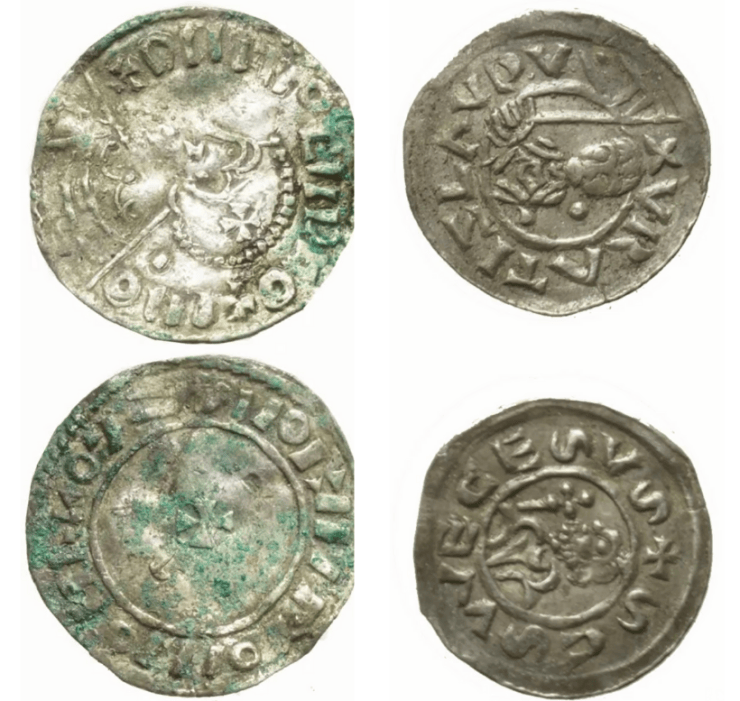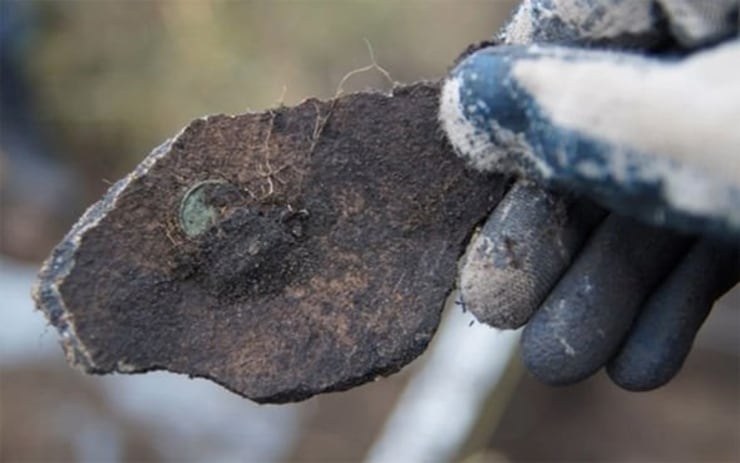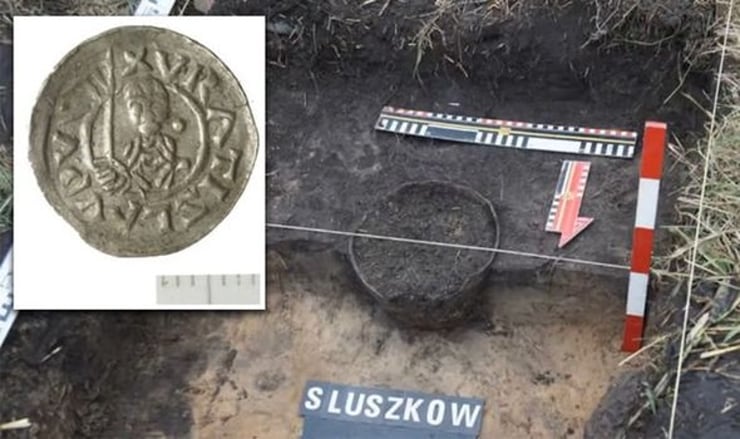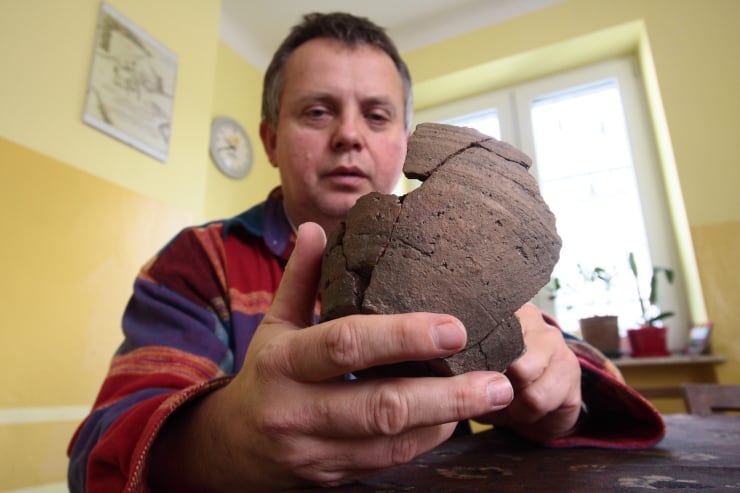


Pot
Categories: Minting - Numismatics , Treasures , Finds and rescue research abroad , Nálezy nejenom s detektorem kovů ve východní Evropě
Polish archaeologists were shocked when they discovered a clay pot in a cornfield in December. It was filled to the brim with medieval coins. In total, they counted about 6,500 of them. That could buy a whole village. According to a preliminary hypothesis, the pot with the coins belonged to a Polish nobleman.
Inside the pot were about 6,500 silver coins from the 11th and 12th centuries AD. Archaeologists found the treasure in the village of Słuszków. In addition, they unearthed several rings. According to archaeologists, this is one of the most interesting discoveries in the history of Poland.
This is the second time that the village of Słuszków has attracted the attention of archaeologists. Even before the Second World War in 1935, a foundation from the Saxon era was found. It was 13,061 coins and other silver objects. This treasure was buried sometime around 1100 and contains mainly denarii. Today it is exhibited in the regional museum in Kalisz.
Archaeologists returned to the village of Słuszków this autumn to photograph the site where the treasure was found. They got talking to local farmers, who led them to the new discovery. "According to the official version, the next treasure was supposed to be located at a crossroads near three plots of land in the northern part of the village. This information turned out to be false, so our attention was focused on the fields closer to the road," said archaeologist Adam Kędzierski.
Once the archaeologists found the right spot, it took them just 48 hours to find the treasure. "And we found a pot filled to the brim with denarii. It's a valuable treasure for us archaeologists, historians and museologists," Kędzierski noted.
In addition to the aforementioned items, archaeologists also found two gold wedding rings. According to experts, it probably belonged to the sister of a Ruthenian princess, but it is still not entirely clear why the treasure was buried in Słuszków. Ruthenians and Rusyns are Latin exonyms that were formerly used in Western Europe for the ancestors of modern East SlavicSlavic peoples, especially Russians with religious origins in the Eastern Orthodox or Ruthenian Uniate Church).
"We know that at that time the wife of King Boleslaus Wrymouth was the Ruthenian princess Zbyslava. According to the available written sources, she was supposed to have a sister, Maria, who married Piotr Włostowic. It is generally believed that Maria was the daughter of Prince Izyaslav Yaroslavich of Kiev," said historian Adrian Jusupović.
Włostowic apparently hid the coins and rings when he had to flee Poland in 1146. He was eventually captured anyway, mutilated and lost his eyes. He died seven years later. The situation escalated into a war between Wladyslaw and his brothers.






Sources: www.express.co.uk, www.thefirstnews.com
The article is included in categories:










